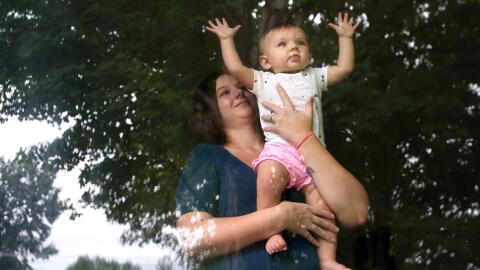A new report from a D.C.-based think tank offers insight into how Ohio's economy has weathered the post-recession years compared to other Midwest states.
The Brookings Institution report, called , looks at economic conditions in 19 mostly-Midwestern states since 2010.
The "Heartland," for the purposes of this report, includes states that range from Ohio in the Northeast, to North Dakota in the Northwest, and Louisiana in the South.
The report’s authors analyzed the states and cities along 26 different economic measures. They said the goal is to provide a more nuanced picture of how these states are performing economically than is often conveyed in the media.
Here are some highlights:
- Ohio is the second largest state in the Heartland, with 11.7 million people, but its population has remained basically flat, growing only 0.1 percent between 2010 and 2017.
- Ohio fell in the middle of the pack when it came to average wages, college attainment and the number of jobs.
- Exports from Ohio grew 3.4 percent between 2010 and 2017 to around $79 billion. During the same period, only Oklahoma saw a greater percent increase (4.3 percent).
- Ohio’s energy industry grew 15 percent between 2010 and 2016, thanks in large part to investment by shale gas companies.
- Employment in Ohio’s rural communities between 2010-17 grew about 4 percent. For comparison, Indiana which saw the second largest increase in rural employment, a 1.8 percent increase over the same period.
- The number of people who work for “young” firms — those less than 5-years-old — is around 372,000. That puts Ohio at second place in the Heartland and eighth in the U.S. The bad news? Ohio’s share of workers at young firms declined slightly from about 9.1 percent in 2010 and 8.3 percent in 2016.



